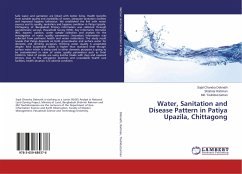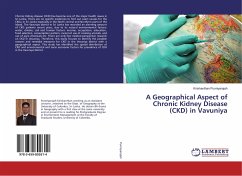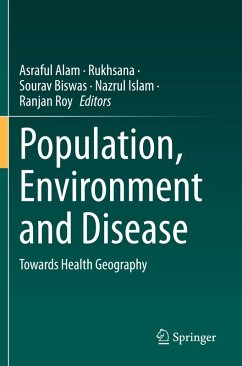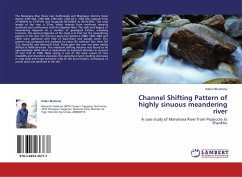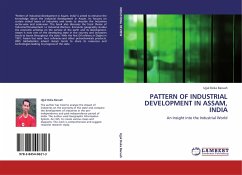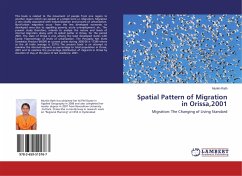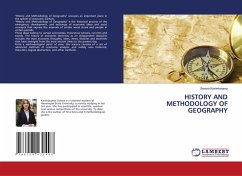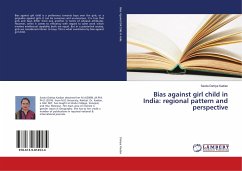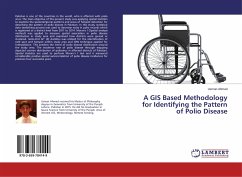
A GIS Based Methodology for Identifying the Pattern of Polio Disease
Versandkostenfrei!
Versandfertig in 6-10 Tagen
27,99 €
inkl. MwSt.

PAYBACK Punkte
14 °P sammeln!
Pakistan is one of the countries in the world, who is affected with polio virus. The main objective of this present study was applying spatial statistics to examine the spatiotemporal patterns and areas of hotspot detection for describing the pattern of polio disease in Pakistan. In this study, statistical data smoothing process was used to decrease noise in polio records which is registered at a district level from 2011 to 2014. Moran's I (Spatial analysis method) was applied to measure spatial association in polio disease distribution in study area and examined how districts were spread or c...
Pakistan is one of the countries in the world, who is affected with polio virus. The main objective of this present study was applying spatial statistics to examine the spatiotemporal patterns and areas of hotspot detection for describing the pattern of polio disease in Pakistan. In this study, statistical data smoothing process was used to decrease noise in polio records which is registered at a district level from 2011 to 2014. Moran's I (Spatial analysis method) was applied to measure spatial association in polio disease distribution in study area and examined how districts were spread or clustered. Getis-Ord Gi (d) statistics was utilized for the identification of cold spot and hotspot within study area and IDW technique applied for Interpolation. This predicts the trend of polio disease distribution around the study area. The incidence rate of polio disease through mapping depicted uneven distribution of poliovirus in affected districts of Pakistan. Spatial statistics are used to perform Moran's I test and it measured considerable positive spatial autocorrelation of polio disease incidences for previous four successive years.



